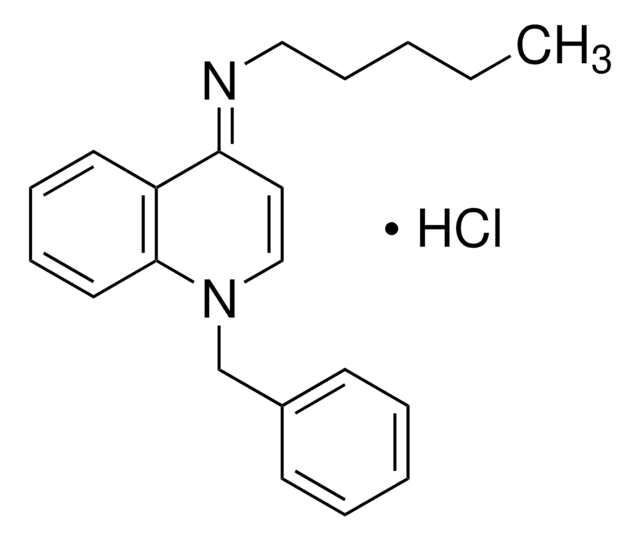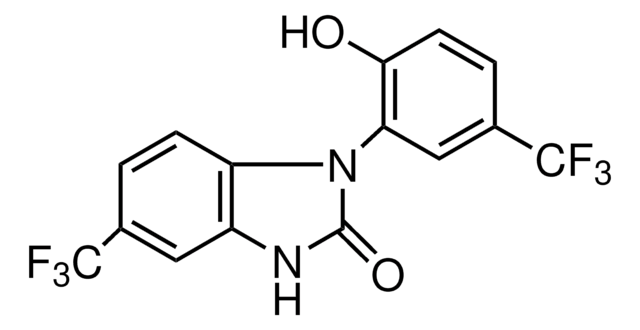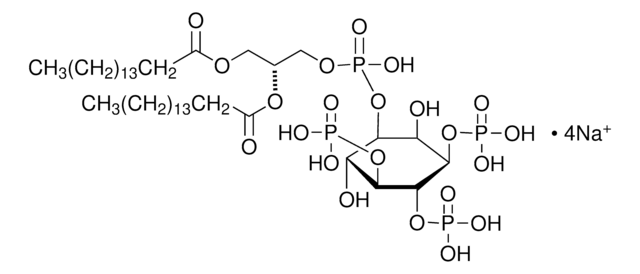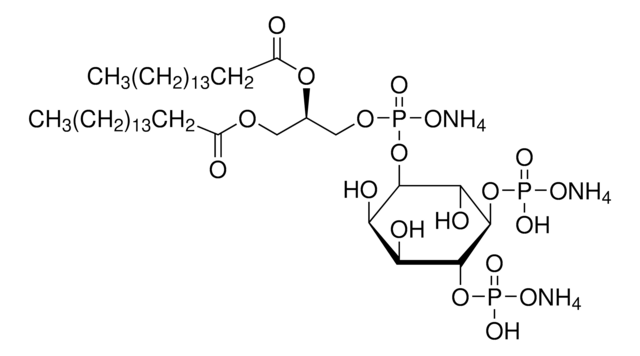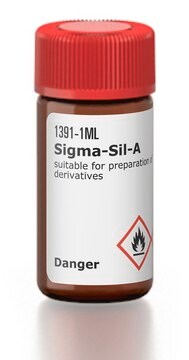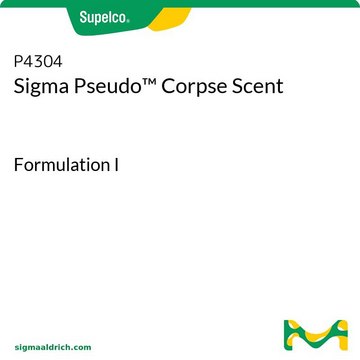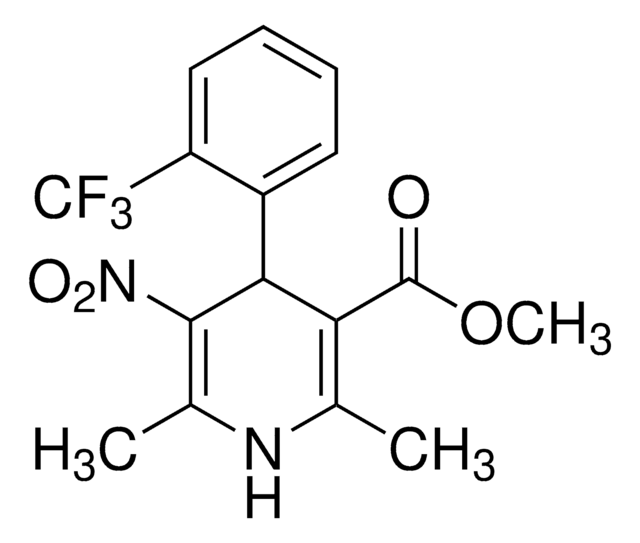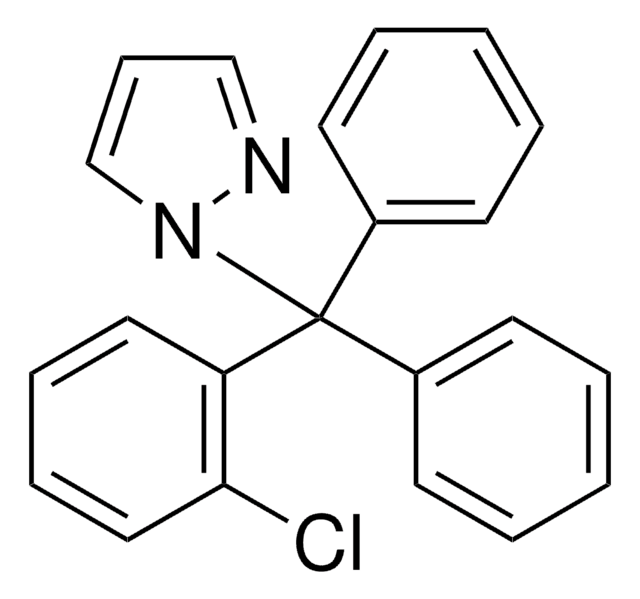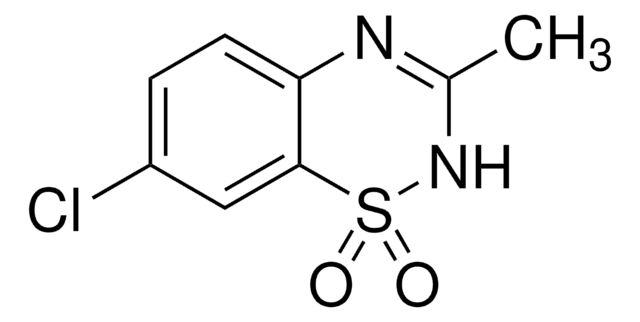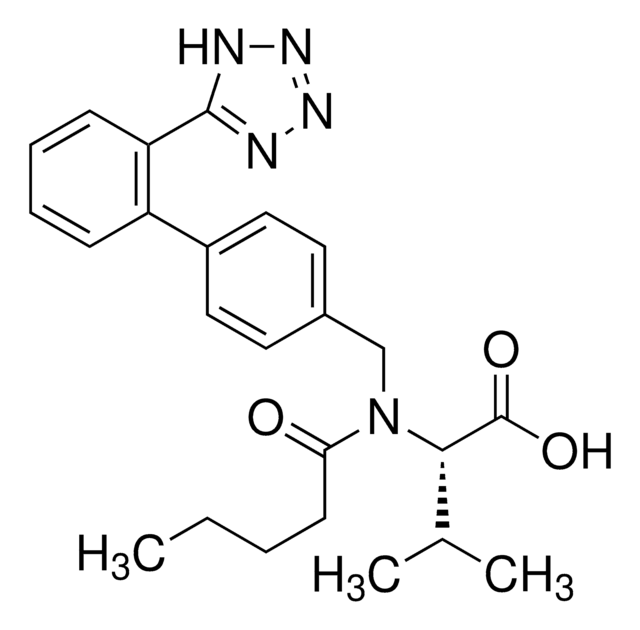About This Item
Recommended Products
Quality Level
assay
≥98% (HPLC)
form
powder
color
faintly yellow
storage temp.
2-8°C
SMILES string
CC(C)(O)C1OC2CCC3(C)C(O)(CCC4Cc5c([nH]c6ccccc56)C34C)C2=CC1=O
InChI
1S/C27H33NO4/c1-24(2,30)23-20(29)14-18-21(32-23)10-11-25(3)26(4)15(9-12-27(18,25)31)13-17-16-7-5-6-8-19(16)28-22(17)26/h5-8,14-15,21,23,28,30-31H,9-13H2,1-4H3/t15-,21-,23-,25+,26+,27+/m0/s1
InChI key
ACNHBCIZLNNLRS-UBGQALKQSA-N
General description
Application
Biochem/physiol Actions
Features and Benefits
Other Notes
signalword
Danger
Hazard Classifications
Acute Tox. 3 Dermal - Acute Tox. 3 Inhalation - Acute Tox. 3 Oral - Eye Dam. 1 - Skin Irrit. 2 - STOT SE 3
target_organs
Respiratory system
Storage Class
6.1C - Combustible acute toxic Cat.3 / toxic compounds or compounds which causing chronic effects
wgk_germany
WGK 3
flash_point_f
Not applicable
flash_point_c
Not applicable
ppe
Eyeshields, Faceshields, Gloves, type P2 (EN 143) respirator cartridges
Choose from one of the most recent versions:
Already Own This Product?
Find documentation for the products that you have recently purchased in the Document Library.
Customers Also Viewed
Our team of scientists has experience in all areas of research including Life Science, Material Science, Chemical Synthesis, Chromatography, Analytical and many others.
Contact Technical Service

